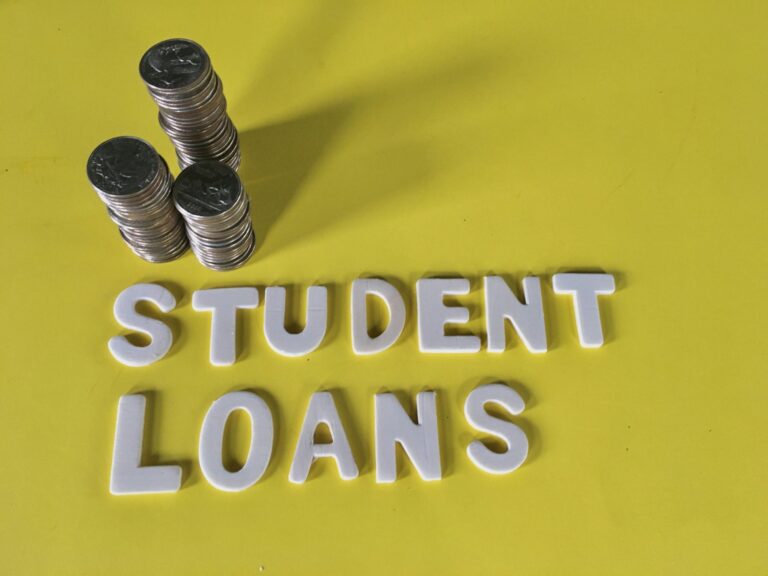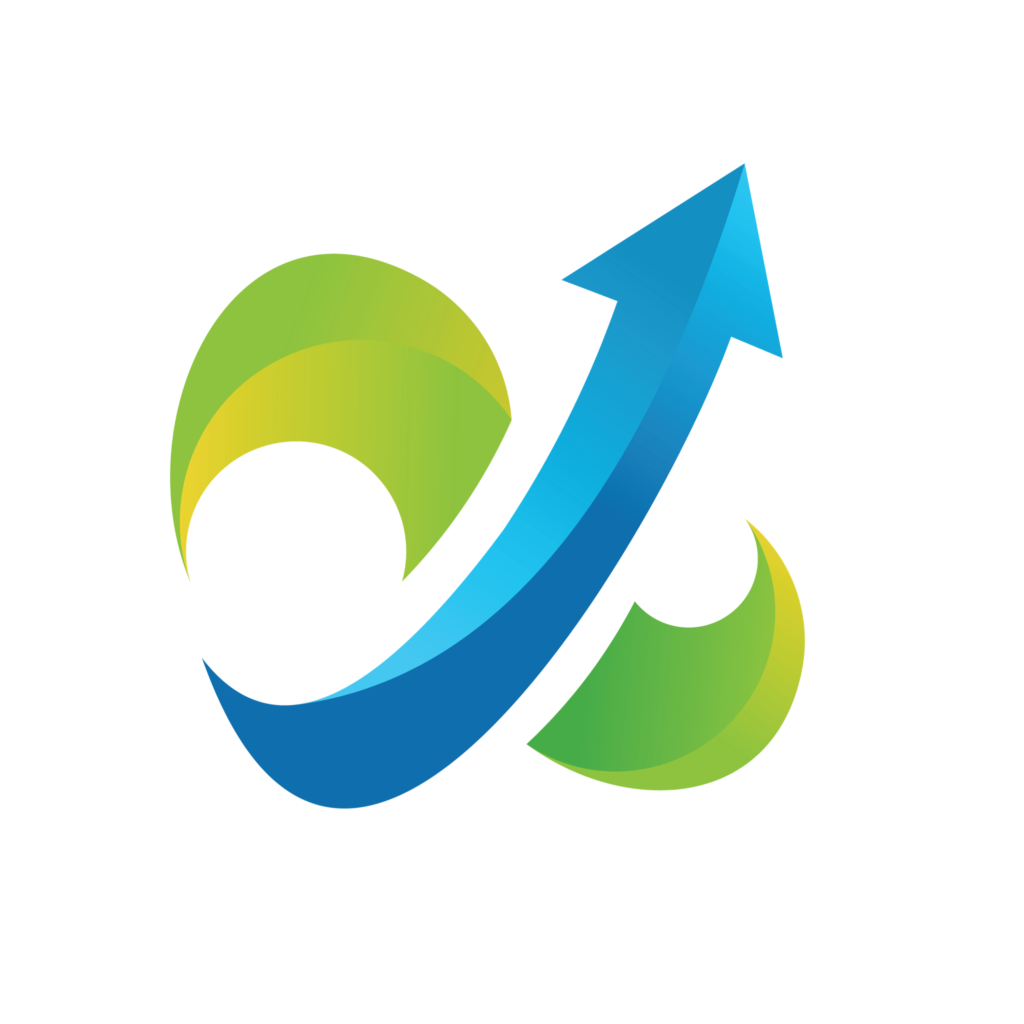
“Understanding Student Loans: A Beginner’s Guide” introduces you to the essentials of student loans. Whether you’re planning for college or already studying, it’s crucial to know the basics. This guide will explain the difference between federal and private loans, and how long you have to pay back your loan. We’ll also touch on why it’s important to understand the total cost of borrowing, and other options that can be available to you. With this information, you’ll be better prepared to choose the right loan for your education and manage your debt wisely.

Student loans help pay for college, but it’s important to know how they work. There are two main types: federal loans, which the government offers, and private loans from banks or other lenders.
Federal loans are a type of student loan provided by the government to help pay for your education. They’re known for having lower interest rates and more flexible payment options compared to loans from private lenders. When you apply for a federal loan, you don’t need a credit check for most types, and you might get access to programs that can forgive some of your debt if you work in certain jobs.
To apply, you fill out a form called the FAFSA, which stands for Free Application for Federal Student Aid. Based on the information you provide, you’ll find out how much money you can borrow. Paying back these loans usually starts after you graduate, and there are different plans available that can adjust your payments based on how much you earn. Federal loans are a good option to consider because of these benefits.
Federal loans are a type of student loan provided by the government to help pay for your education. They’re known for having lower interest rates and more flexible payment options compared to loans from private lenders.
When you apply for a federal loan, you don’t need a credit check for most types, and you might get access to programs that can forgive some of your debt if you work in certain jobs. To apply, you fill out a form called the FAFSA, which stands for Free Application for Federal Student Aid.
Based on the information you provide, you’ll find out how much money you can borrow. Paying back these loans usually starts after you graduate, and there are different plans available that can adjust your payments based on how much you earn. Federal loans are a good option to consider because of these benefits.
Applying for student loans involves a few steps to get the money you need for college. First, for federal loans, you fill out the FAFSA (Free Application for Federal Student Aid). This form asks about your and your family’s finances to figure out how much aid you can get.
Make sure to do this early because some aid is first-come, first-served. After submitting the FAFSA, you’ll get an offer letter from your school telling you how much aid you’re eligible for, including loans.
If you need more money than federal loans offer, you might look into private loans. For these, you apply directly through a bank or another lender. They’ll check your credit score—or your cosigner’s, if you have one—to decide your interest rate and how much they’ll lend you.
Remember, it’s important to only borrow what you really need because you’ll have to pay it all back with interest later. Starting with federal loans is usually a good idea because they often have lower interest rates and more flexible repayment options than private loans.
When taking out student loans, it’s smart to borrow only the amount you really need for your education, as this will help you avoid having too much debt later. Federal loans come in two varieties: subsidized and unsubsidized.
Subsidized loans are a type of federal student loan where the government pays the interest for you while you’re in school at least half-time, during a grace period after you leave school, and during any deferment periods. This means you don’t have to pay the interest during these times, making the loan less expensive for you in the long run. They’re designed to help students with financial need.
Unsubsidized loans are a type of federal student loan where you are responsible for paying all the interest, starting from when the loan is disbursed to you. Unlike subsidized loans, this interest adds up while you’re in school and during any grace or deferment periods. These loans are available to most students, regardless of financial need.
Understanding these differences can help you choose the best loan for your situation and keep your costs down.
Getting a part-time job while you’re in school can be a great way to cover some of your expenses and reduce the amount you need to borrow. Additionally, take advantage of the many student discounts available for meals, transportation, and software, which can add up to significant savings.
Another way to manage your finances is by reducing your living expenses; consider living with roommates to split the cost of rent and utilities, cook meals at home instead of eating out, and opt for public transportation or walking to save on transportation costs.
Budgeting apps can also be incredibly helpful, as they allow you to track your spending and identify areas where you can cut back. When it comes to books and supplies, seek out used books, consider renting them, or use library resources, and purchase supplies in bulk or when they’re on sale to save money.
Planning your meals can also lead to savings, as eating out less and preparing food at home is usually more economical. For entertainment, look for free or low-cost activities offered by your school or in your community.
Finally, setting aside a little money for an emergency fund can provide a financial buffer and help you avoid going into debt for unexpected expenses.
Loan forgiveness programs are designed to erase or reduce your student loan debt under certain conditions, making them a great option for some borrowers. Let’s look at two popular programs:
Public Service Loan Forgiveness (PSLF): This program is for people who work in public service jobs, like for the government or a nonprofit organization. To be eligible, you need to make 120 qualifying monthly payments, which adds up to 10 years of payments, while working full-time for a qualified employer.
The payments don’t have to be consecutive, but they do need to be under an Income-Driven Repayment plan. After you make the last payment, you can apply to have the remaining balance on your loans forgiven. To apply, you fill out the PSLF form and submit it, along with proof of your employment in a qualifying job, to your loan servicer.
Teacher Loan Forgiveness: The Teacher Loan Forgiveness program benefits teachers who’ve worked full-time for five straight years in a low-income school or agency, offering up to $17,500 in loan forgiveness on Direct and Federal Stafford Loans.
To qualify, you need to meet certain criteria, including your teaching subject and the type of school where you teach. To apply, you submit the Teacher Loan Forgiveness Application to your loan servicer after completing your fifth year of teaching.
Both programs have specific steps and requirements, but the main idea is that if you work in certain jobs and make payments on your loans for a set period, you might not have to pay back the full amount you borrowed.
It’s important to regularly check in with your loan servicer and confirm that you’re making qualifying payments, especially for PSLF, since you’ll need to apply for forgiveness after making your 120 payments. Keeping good records of your employment and payments can help ensure you meet all the requirements for forgiveness.
Loan forgiveness programs can reduce or eliminate your student loan debt under certain conditions, but it’s important to understand their implications:
Understanding these points can help you decide if pursuing loan forgiveness is right for you and how it could affect your finances and career path.

When it comes to paying back federal student loans, there are several options to choose from, each with its own set of rules and benefits. Let’s simplify and expand on these options:
Standard Repayment Plan: This plan spreads your payments out over 10 years. Each month, you pay a fixed amount. It’s straightforward and means you’ll pay off your loan faster compared to other plans, saving you money on interest.
Graduated Repayment Plan: Your payments start lower and then increase every two years. The idea is to match your payments with your expected salary growth over time. Like the standard plan, you’ll finish paying in 10 years, but you’ll pay more interest overall since your payments are lower at the beginning.
Income-Driven Repayment Plans: These plans adjust your monthly payment based on your income and family size. If your income is lower, your payments will be too. There are a few types within this category, including Income-Based Repayment (IBR), Pay As You Earn (PAYE), and Revised Pay As You Earn (REPAYE).
These plans can stretch your loan term to 20 or 25 years, and if you still have a balance at the end, it might be forgiven. They’re a good option if you’re worried about affording your monthly payments, but you could end up paying more interest over time.
Switching between these plans is possible if your situation changes. For instance, if you start on a Standard Plan but later find your payments too high, you can apply for an Income-Driven Plan. To switch plans, you’ll need to contact your loan servicer, the company that manages your loan.
They can guide you through the process and help you decide which plan is best for you based on your current income and expenses.
Deferment and forbearance are two options that can help if you’re having trouble making your student loan payments. They both allow you to pause or reduce your payments for a while, but there are some differences, including how interest is handled and who qualifies.
Deferment: This option lets you temporarily stop making payments on your loans under certain conditions, like if you’re going back to school, facing economic hardship, or serving in the military.
If you have subsidized loans, the government will pay the interest for you during the deferment period. However, for unsubsidized loans, interest will still accumulate, and you’ll be responsible for it. To qualify, you’ll need to meet specific requirements and apply through your loan servicer, providing any necessary documentation.
Forbearance: Forbearance also allows you to pause or reduce your loan payments, but it’s usually easier to qualify for than deferment. It can be granted for reasons like medical expenses, financial difficulties, or changes in employment.
Unlike deferment, interest continues to add up on all types of loans during forbearance, which means your loan balance can grow quite a bit during this time. You apply by contacting your loan servicer and explaining your situation.
Both deferment and forbearance can be helpful if you’re in a tough spot financially, but since interest can continue to accumulate, especially with forbearance, your total loan balance could end up being higher when you resume payments.
It’s important to consider these options carefully and only use them when really necessary. Remember, if you’re struggling with your payments, reaching out to your loan servicer to discuss these options is a good first step. They can help you understand the impact on your loans and guide you through the application process.
It’s really important to understand student loans to manage your school finances well. This means knowing the difference between federal and private loans, how much money you should borrow, and the best ways to pay back what you owe.
Making smart choices about loans, budgeting during school, and picking the right repayment plan can really affect your money situation later on. There are also special programs like loan forgiveness and options to pause payments that can help, but you need to know how they work.
Being careful and informed about your student loans can help you keep your debt low and lead to a better financial future after you finish school.






Subscribe for our monthly newsletter to stay updated.

If you’ve found Startup Loans USA from another source – there is no need to call and reapply.
Copyright © 2024 – Startup Loans USA All Right Reserved